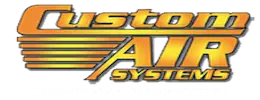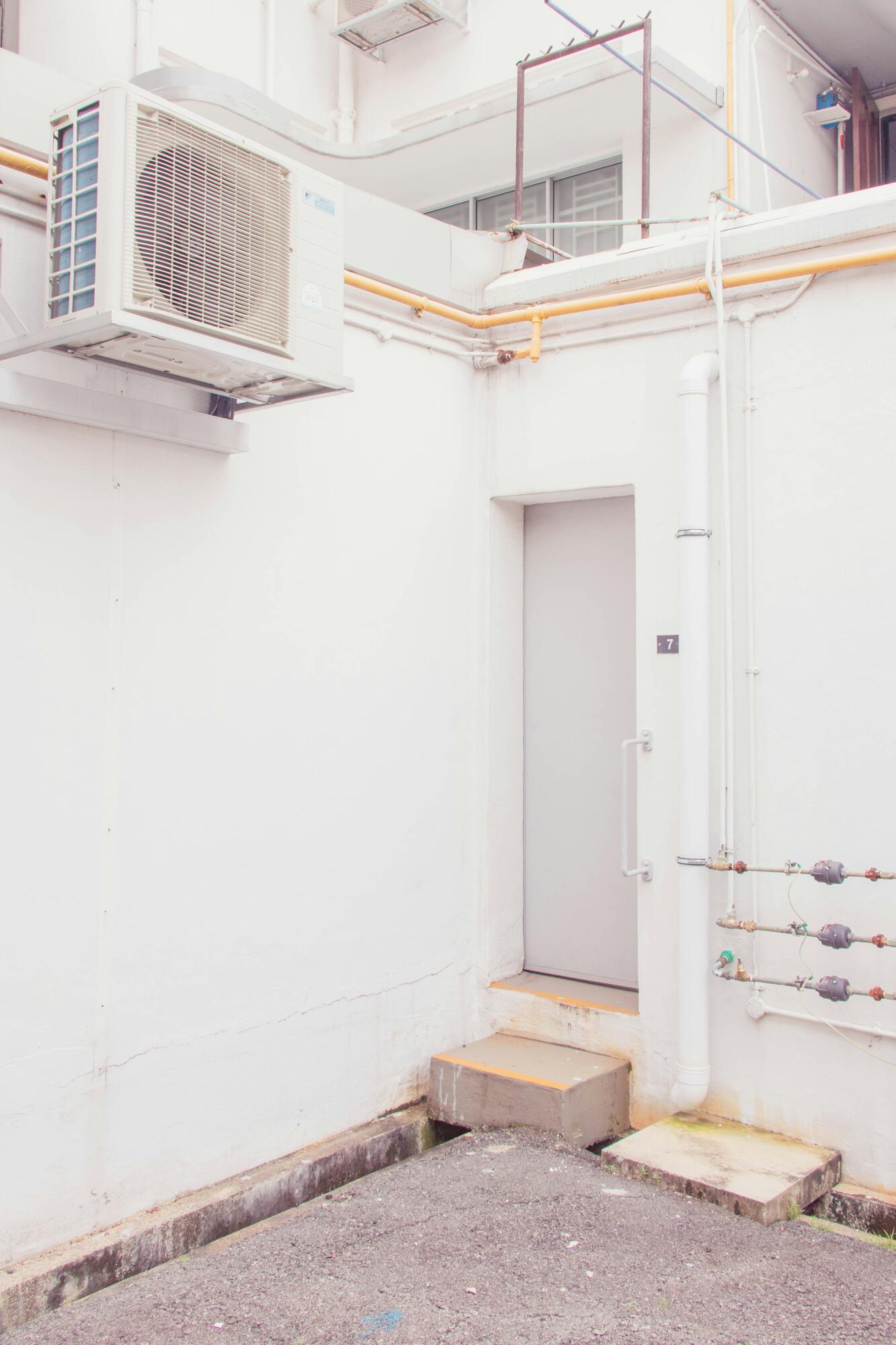NOAA National Weather Service forecasters predict a wild hurricane season for 2024. Are you ready?
Surviving a hurricane in Pearland, TX, is just the first step. The real challenge is restoring normalcy, starting with your AC. Restarting your air conditioning system safely after a hurricane is crucial to avoid damage and health risks.
Our post-hurricane HVAC guide shows you how to assess, inspect, and restart your AC system quickly and safely. Follow our expert tips and return your home to a safe, cool haven in no time!
Initial Post-Hurricane Assessment
After a hurricane, your first step is to ensure safety. Start by waiting for the official all-clear from local authorities. This is important because hazards like downed power lines or unsafe structures may still exist.
Once authorities say it’s safe to go outside, you can begin assessing your property, including your AC unit. Start by checking for standing water or water damage. Flooding can cause significant harm to the electrical components of your AC system, making it dangerous to use.
Next, inspect the outdoor unit for visible damage. Look for dents, cracks, or any displaced parts. Also, check the surrounding area for fallen debris, broken branches, or other objects that could have struck the unit during the storm.
If you see any severe damage or if the area is still flooded, do not attempt to turn on the AC. Contact a professional to handle the situation.
Taking these steps will help you safely proceed with the rest of our hurricane restoration tips.
Inspect the Outdoor AC Unit
Before you restart your AC, it’s essential to inspect it thoroughly. Start with a visual inspection of the outdoor unit.
When checking the condition of the outdoor unit, look for visible damage, like dents or cracks. Make sure all parts appear to be in their proper place. Check that the fan blades aren’t bent or broken.
Clear away debris such as leaves, branches, or dirt around the unit. This ensures the unit can get proper airflow and won’t overheat or work inefficiently.
Look at the electrical connections and wiring you can see without touching them. Check for any visible signs of damage, like frayed wires or loose connections.
Ensure the unit sits firmly on its base and isn’t tilted or wobbly.
If you see anything that looks off, it’s best to call a professional. While most homeowners can tackle the initial post-hurricane check-ups, a qualified HVAC service technician is invaluable to make sure nothing is missed.
Inspect the Indoor AC Equipment
Once you’ve determined that everything appears fine with the equipment outside, it’s time to check out the indoor equipment. This will include the air handler or furnace and the other AC components.
Here’s what to look for:
Water Damage
Look around the indoor unit for signs of water damage. This can include water stains, damp areas, or mold development near the unit or around the evaporator coil.
Condensate Drain
Check for standing water or visible clogging around the condensate drain and drip pan. Clear any clogs if you can do so safely. Proper drainage prevents water from backing up and causing further damage.
Refrigerant Lines
Without touching them, visually inspect the refrigerant lines for any obvious signs of damage or leaks. If you suspect a leak, call a professional.
These steps are part of comprehensive AC maintenance after a storm to ensure your indoor unit is in good working condition.
Reminder: If you feel uncomfortable working around AC equipment, it’s best to call your HVAC service provider. Professional help ensures that your Pearland TX home cooling system operates safely.
Steps to Safely Restart Your AC
Be careful about flipping the switch too quickly. To safely use the AC after a hurricane, follow the steps below.
- Make sure power is restored and stable.
- Clean or replace air filters to ensure optimal airflow.
- Set the thermostat to “off” before restoring power.
- Turn on the system and monitor for unusual noises or odors.
- Gradually lower the thermostat setting to your desired temperature.
Next, we’ll go over a few things to keep an eye out for to make sure the system works correctly.
Potential Issues After a Hurricane
Be alert for potential issues when you restart your AC. It’s not uncommon to have problems with the AC after a hurricane. Identifying problems early can prevent further damage.
Here are some common signs to watch for:
Strange Sounds or Vibrations
This could mean mechanical problems. You may have loose parts or issues with the motor.
Weak Airflow or Warm Air
Blocked ducts can cause weak airflow. Low refrigerant levels can result in warm air.
Unusual Odors
Musty odors can signal mold growth. A burning smell could mean you have electrical issues within the unit.
Short Cycling (Frequent On/Off)
Two things usually cause short cycling. One is a malfunctioning thermostat. The other is an issue with the compressor.
If you notice any of these signs, consider calling a professional to ensure your system is safe and functional.
Preventive Measures for Future Hurricanes
You can protect your AC from future hurricanes. Take these preventive measures to ensure your system remains safe and ready to cool your home.
- Install surge protectors
- Secure the outdoor unit
- Keep the area around the outdoor unit clear
- Use protective weatherproof covers
Finally, regular maintenance can help your system handle extreme weather better. Have a professional inspect your Pearland, TX home cooling system annually. They can catch and fix small problems before they escalate, ensuring your AC is hurricane-ready.
Is Your Pearland TX Cooling System Ready?
After a hurricane, it’s vital to assess your AC system. We strongly suggest that you don’t turn it back on until you’re sure it’s safe for operation. By following our expert tips, you can prevent issues and make sure your home stays cool after the storm.
Custom Air Systems, locally owned and operated since 1985, offers 24/7 availability and skilled technicians ready to work on your AC. Our clients rely on us to keep them comfortable year-round.
Don’t wait–connect with Custom Air Systems today to schedule your AC maintenance.





